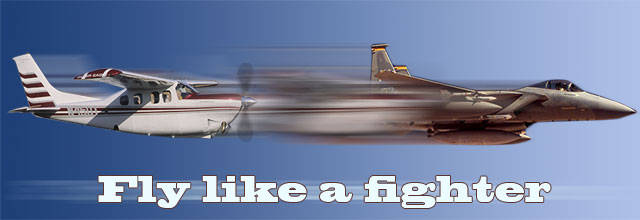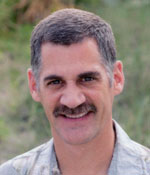
Through all of my years flying Air Force airplanes it seemed like there was never a lack of information concerning aircraft systems, system operations, and emergency procedures. In addition to a very thorough flight manual and in-flight checklists, we also had the benefit of academic courseware, systems guides, and supplemental emergency procedures guides to learn from. We reviewed an emergency procedure during every preflight briefing and passed our collective wisdom to each other. We also learned to use and trust our well-maintained and updated checklists, especially in an emergency.

The first week I started instructing in the DA40 at the Air Force Academy, still a low-time piston-engine pilot, I had the opportunity to put my checklist reading skills to the test. It was a hot day in June and after doing multiple touch and goes at nearby Colorado Springs Airport we started our climbout heading east to go to a practice area. It didn’t take long for our colorful G1000 glass panel to show the oil temperature one degree above the green, and thus change color to yellow. Out came the checklist for “High oil temperature,” which started out:
If the oil temperature is above the normal range:
1. CHT and EGT - Check
If neither of these is high, it is probable that the fault lies in the oil temperature indication:
2. Land as soon as practical
Our cylinder head temperatures and exhaust gas temperatures were normal, but I didn’t trust the proverbial “gauge malfunction” diagnosis, so I turned the airplane around and called squadron operations. I got a very quick lesson on heat management with a piston engine—climb at a higher airspeed and enrich the mixture. It is an air-cooled engine, after all, and fuel also acts to help keep the engine cool. After many years of flying jets, I learned something new, and I’m half embarrassed to write about my past ignorance now. But it leads well into the real lesson I learned.
Most of you are well aware that the airplane flight manuals/pilot’s operating handbooks we fly with are generally about as old as the airplanes we fly. This means that if you are relying totally on your AFM/POH to tell you how to operate your airplane safely, then you are missing out on 20, 30, or even more years of technological advances and know-how. For example, my POH was written well before multi-probe engine monitors were available, so the way I lean my engine with an engine monitor is not quite how my POH directs me to do it. I learned this by doing a lot of reading and by talking with other pilots and mechanics about operating a turbocharged engine.
If you really want to get the most out of your airplane and make everything last even longer, then you need to keep yourself educated. The fact that you are reading this article is one correct step in the right direction. Read aviation magazines. Join an aircraft owners group. Attend FAA Safety Team seminars. Get on the engine and aircraft manufacturers websites and read through their information and support materials. Talk with other pilots and mechanics. Attend AOPA Aviation Summit next month.
There is plenty to learn out there. Go fill your brain.
Larry Brown of Colorado Springs, Colo., is a retired Air Force F-15 pilot who is using the lessons he learned as a fighter pilot as a GA pilot in his Cessna P210. Brown, who has 2,600 hours total time during his 32 years of flying, also was an instructor pilot and flight examiner in the Air Force T-38 and instructor pilot in the T-52, the military’s version of GA’s Diamond DA40. See previous installments of “Fly like a fighter.”



